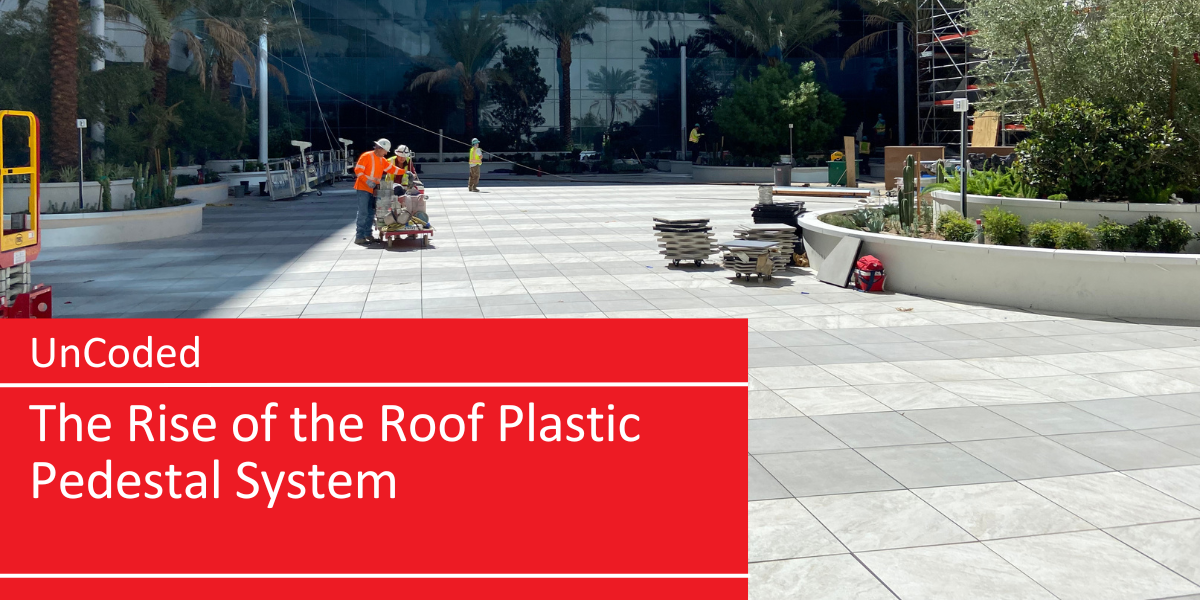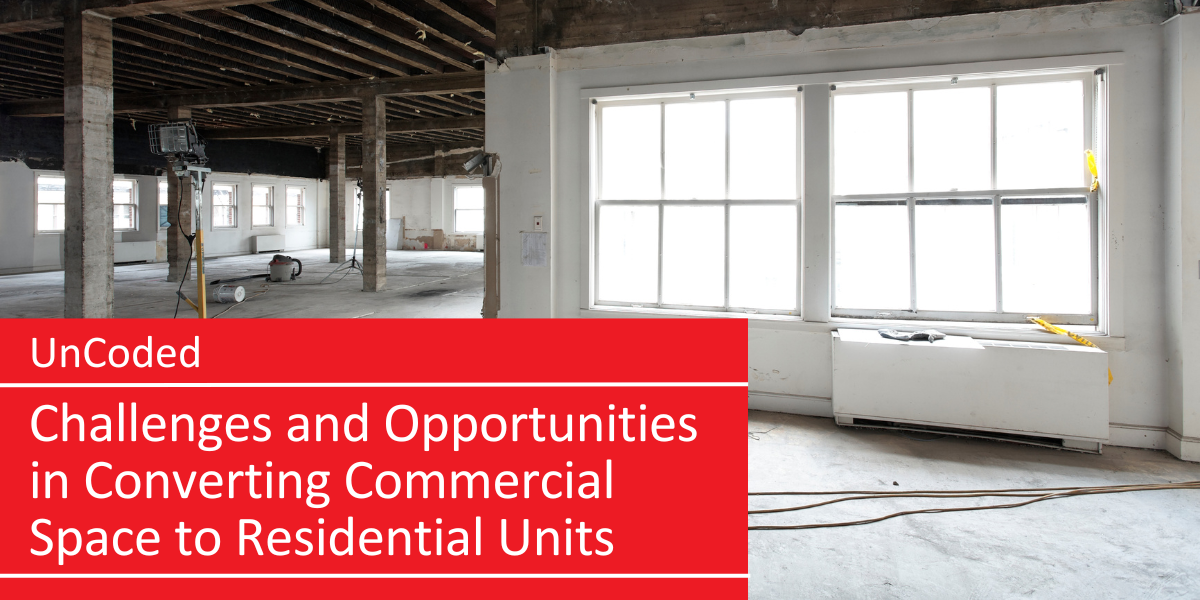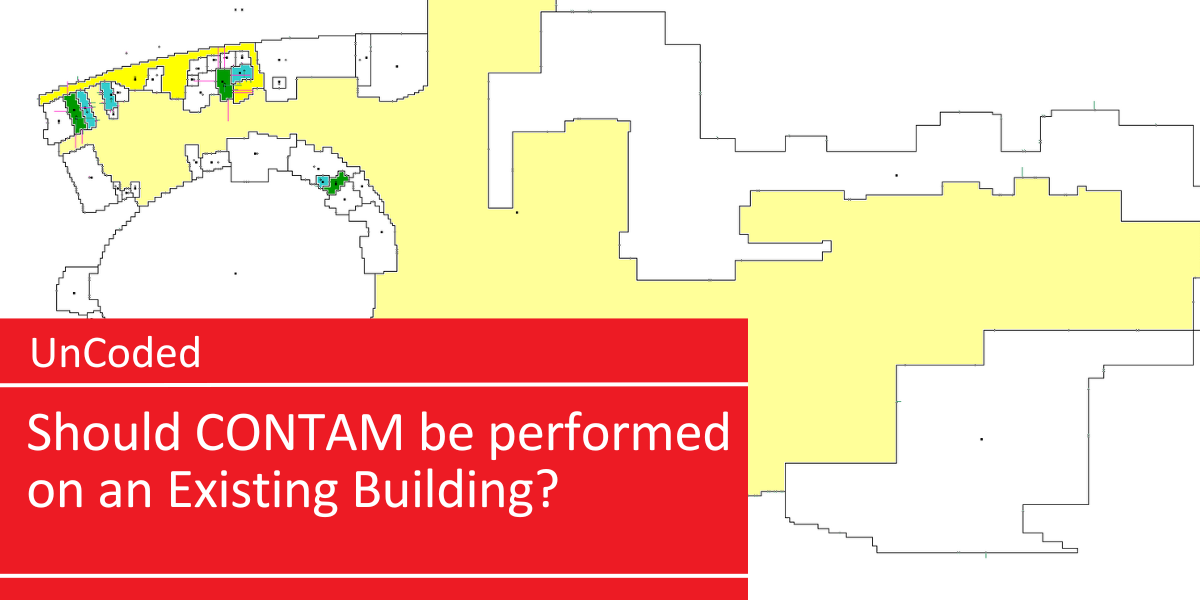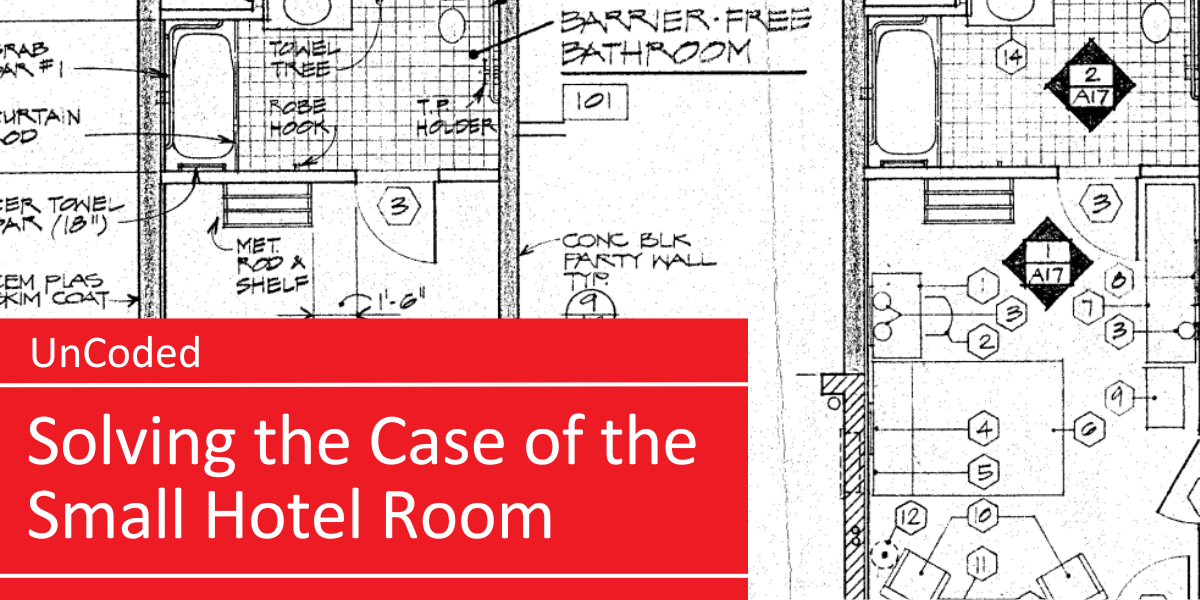What is CONTAM? Exploring the Use of CONTAM During the Design of Fire Protection Systems
About This Project
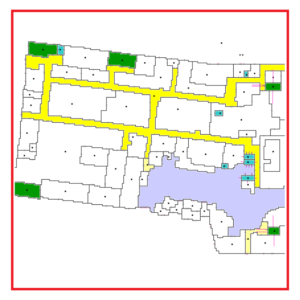 A computer program developed by the National Institute of Standards and Technology (NIST) for modeling indoor air quality and ventilation in buildings, CONTAM was instrumental in studying the Station Nightclub Fire in West Warwick, Rhode Island, which occurred in 2003. The fire started when a band opened its performance with pyrotechnics, which accidentally ignited foam insulation used as soundproofing material in the club’s walls and ceiling. The fire quickly spread and resulted in 100 deaths and over 200 injuries.
A computer program developed by the National Institute of Standards and Technology (NIST) for modeling indoor air quality and ventilation in buildings, CONTAM was instrumental in studying the Station Nightclub Fire in West Warwick, Rhode Island, which occurred in 2003. The fire started when a band opened its performance with pyrotechnics, which accidentally ignited foam insulation used as soundproofing material in the club’s walls and ceiling. The fire quickly spread and resulted in 100 deaths and over 200 injuries.
Following the tragedy, researchers used CONTAM to model the movement of smoke and toxic gases through the building during the fire. The analysis revealed how the fire and smoke spread through the ventilation system, which contributed to the rapid spread of the fire. The findings from the CONTAM analysis of the Station Nightclub Fire were used to inform building codes and fire safety regulations to prevent similar disasters from occurring in the future.
For our purposes, we will look at how CONTAM is used by fire protection professionals during the design of fire protection systems. The results of a CONTAM analysis can be used to design more effective smoke control systems, which can help prevent the spread of fire and smoke and provide occupants with a safe means of egress.
What are the most common uses of CONTAM?
CONTAM is a powerful tool fire protection professionals use in various applications to ensure safe and healthy indoor environments. The most common uses of CONTAM by fire protection professionals include:
- CONTAM is used to model and optimize pressurization systems for stairwells and elevators to meet the door pressure requirements of the International Building Code (IBC). By simulating the airflow patterns during a blaze, fire protection professionals can identify potential issues and design effective pressurization systems to prevent the spread of smoke and fire.
- Fire protection professionals can use CONTAM to simulate and predict the spread of smoke and toxic gases during a fire and evaluate the effectiveness of smoke control systems.
- Used to assess the performance of ventilation systems and predict the distribution of airflow within a building, CONTAM can help fire protection professionals optimize the design of ventilation systems and ensure that they effectively remove smoke and other contaminants.
- CONTAM is widely used for tenability analysis by fire protection professionals to assess the safety of occupants during a fire. Tenability analysis refers to evaluating whether the environment inside a building during a fire is safe for occupants to breathe and move through based on the levels of smoke and toxic gases present.
- Fire protection professionals can use CONTAM to model and simulate the behavior of smoke and gases during a fire and evaluate the effectiveness of ventilation systems and other measures designed to control the spread of smoke and gases. By simulating different scenarios and analyzing the results, they can determine whether the levels of smoke and gases are within safe limits and whether occupants can safely evacuate the building.
What are the benefits of using CONTAM during the building design process?
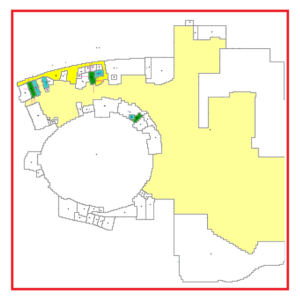 Performing a CONTAM analysis before constructing a building or structure can provide several benefits related to door pressures, pressurization systems, and tenability analysis. Using CONTAM to calculate building airflow rates and relative pressures between building zones is useful for the concentration of contaminants that are the products of combustion in zones (e.g. soot or carbon monoxide), pressure differences across barriers, and temperatures in zones.
Performing a CONTAM analysis before constructing a building or structure can provide several benefits related to door pressures, pressurization systems, and tenability analysis. Using CONTAM to calculate building airflow rates and relative pressures between building zones is useful for the concentration of contaminants that are the products of combustion in zones (e.g. soot or carbon monoxide), pressure differences across barriers, and temperatures in zones.
- Door pressures: CONTAM analysis can help optimize the pressurization system design to meet the door pressure requirements of the International Building Code (IBC). By simulating the airflow patterns during a fire, fire protection professionals can identify potential issues and design effective pressurization systems to prevent the spread of smoke and fire. This can help ensure that the building will comply with IBC requirements for door pressures and avoid costly retrofitting and redesigning after construction.
- Pressurization systems: Performing a CONTAM analysis before construction can help identify potential design issues and optimize the performance of the pressurization system. Fire protection professionals can use CONTAM to model the airflow patterns during a fire and evaluate the effectiveness of the pressurization system in controlling the spread of smoke and toxic gases. This information can be used to optimize the system’s design, ensuring that it will effectively protect occupants during a fire.
- Tenability analysis: Performing a CONTAM analysis before construction can help identify potential risks to the safety of occupants during a fire. By simulating different fire scenarios and analyzing the results, fire protection professionals can determine whether the environment inside the building will be safe for occupants to breathe and move through. This information can be used to optimize building design and fire protection strategies, ensuring the safety of occupants in the event of a fire.
Performing a CONTAM analysis before construction can help optimize building design, ensure compliance with building codes, and improve the safety of occupants during a fire. By identifying potential issues and optimizing the performance of fire protection systems, CONTAM analysis can help ensure that a building is safe and resilient, protecting occupants and minimizing damage in the event of a fire.
When should a CONTAM analysis be requested?
An architect or builder should consider requesting a CONTAM analysis when designing a building that requires compliance with fire protection codes and IBC pressurization requirements. These requirements typically include specific door pressure criteria for stairs and elevators that must be met to ensure the safety of occupants during a fire.
Architects and builders can ensure that their designs meet these requirements by using a CONTAM analysis to simulate the airflow patterns and evaluate the performance of the building’s ventilation and pressurization systems. This analysis can help identify potential issues or areas where the design may fall short of meeting the door pressure criteria or other fire protection codes.
A CONTAM analysis is optimal during the design of a high-rise building that requires a pressurization system for the stairwells and elevators to prevent the spread of smoke and fire and consider wind and stack effect. Or during the design of a healthcare facility or laboratory that requires isolation rooms or negative pressure rooms to prevent the spread of airborne contaminants.
In conclusion, a CONTAM analysis can be valuable for architects and builders to ensure their designs meet fire protection codes and IBC pressurization requirements. By identifying potential issues and areas for improvement, architects and builders can optimize their designs to ensure the safety and resilience of the building and protect the occupants in the event of a fire.
Lana Benny, EIT, AIFireE is a fire protection consultant at TERPconsulting where she has performed a wide range of fire and smoke modeling services on projects worldwide. Lana’s areas of expertise include smoke management, pressurization analysis, architectural plan review, fire risk assessment, and determining code-compliant fire protection approaches for various occupancies. To contact Lana, click here.



